Science vs. Fake news
‘Most people do trust scientists, but we have a lot to lose’
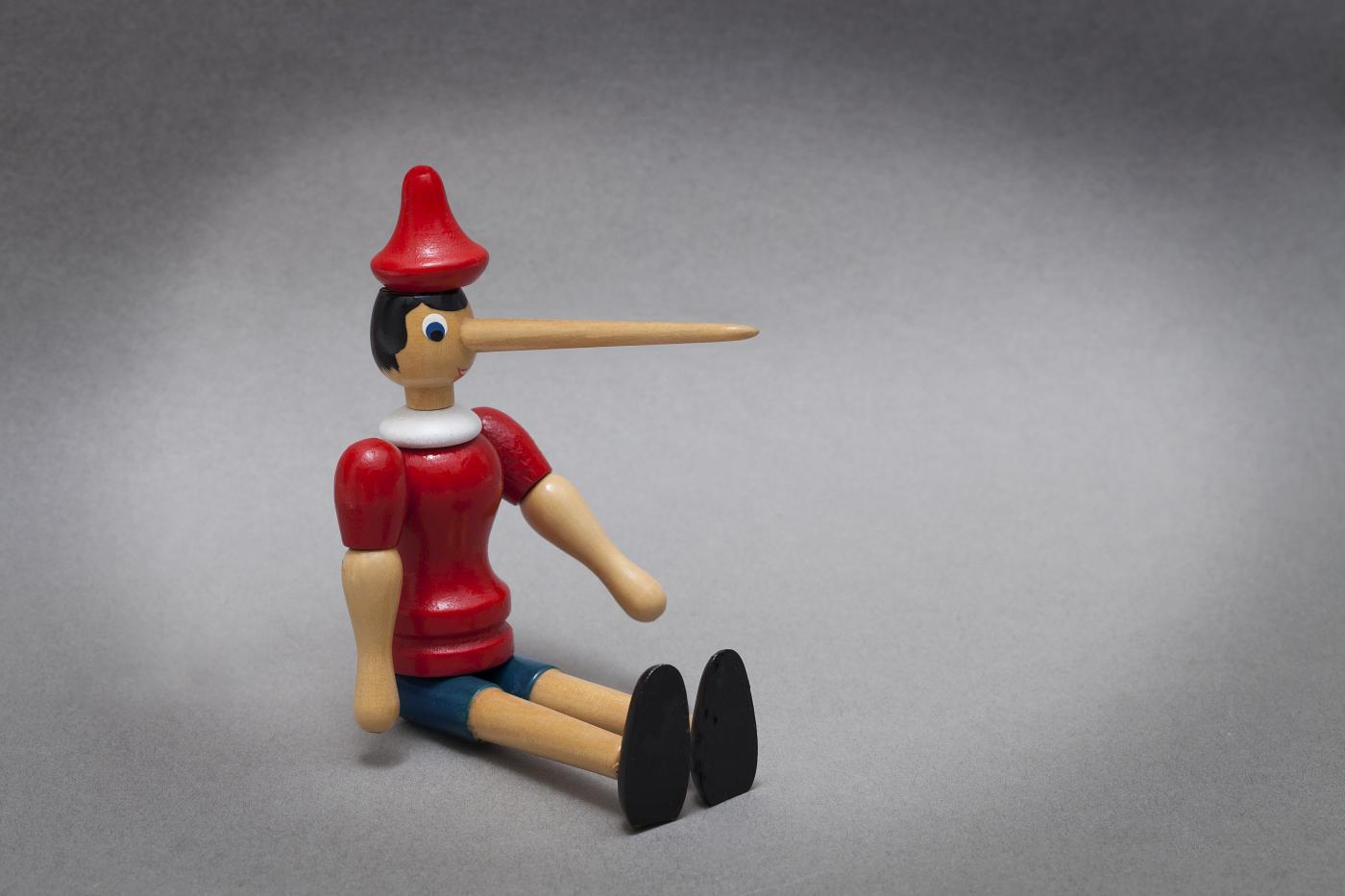
Some scholars say we’re living in a “post-truth” world, so much so that this was Oxford Dictionary’s “Word of the Year” in 2016. Not only do evidence-based discourses often appear as just another opinion in an ever-flowing stream of content, but conspiracy theories and clickbaity headlines diffuse “significantly farther, faster, deeper and more broadly than the truth, in all categories of information”, in the words of the MIT scholars behind the study.
“The proliferation of fake news certainly has an impact on how people perceive their realities, including science”, says Bruce Mutsvairo, Associate Professor of Media & Performance Studies. “We have a sort of anti-expert movement, casting doubt on institutions. It’s a dangerous period to be alive, I would say.”
Academia, an institution whose mission is to seek the truth, needs time to investigate which measures are most effective against fake news. “This is all pretty new”, says Professor José van Dijck, whose research focuses on public values in the time of social media. “We still don’t know what works exactly, nor what works best for which audience group. What works well on a certain platform may not work on another.”
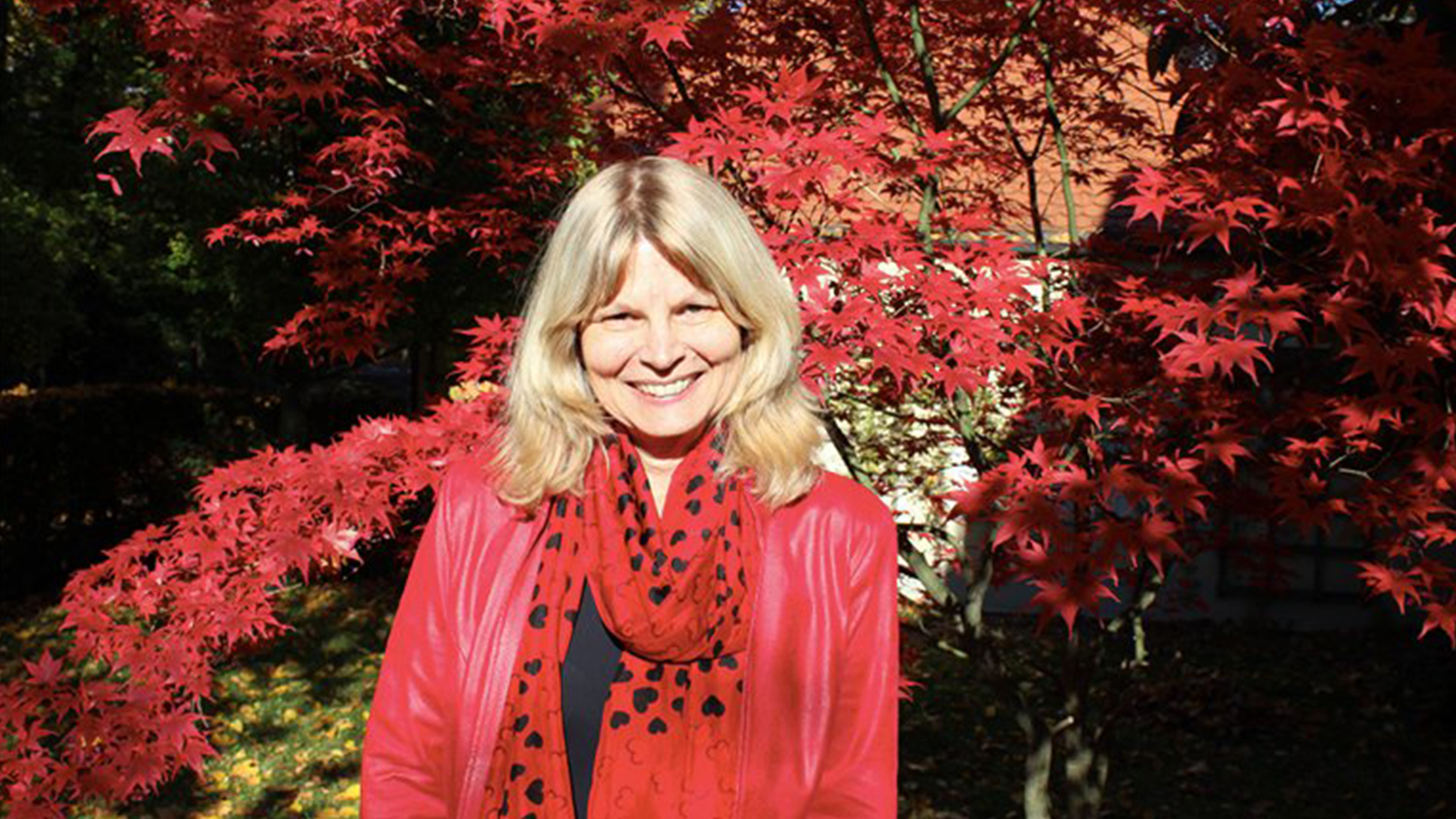 José van Dijck. Photo: DUB
José van Dijck. Photo: DUB
Playing by ear
Eugène Loos, Associate Professor at the UU School of Governance, is gathering existing studies on the topic on a website called Stop Corona Fake News, set up during the pandemic. The material can be divided into three approaches: legal, technological, and educational. Namely, tackling fake news by the rule of law, through computer programmes that detect them, or by teaching people how to identify hoaxes themselves.
According to Loos, each of these approaches has pros and cons. “The legal one, for example, it’s very hard to define the criteria to decide whether something is right or wrong. As for the technological one, well, somebody makes the algorithm. What criteria are they using? The educational way takes the longest, but on the other hand, people will be equipped to decide for themselves if the information is true and to what extent it is useful for them.” That’s the approach Loos believes in, which is why he is building a consortium of European universities to test different media literacy interventions at schools.
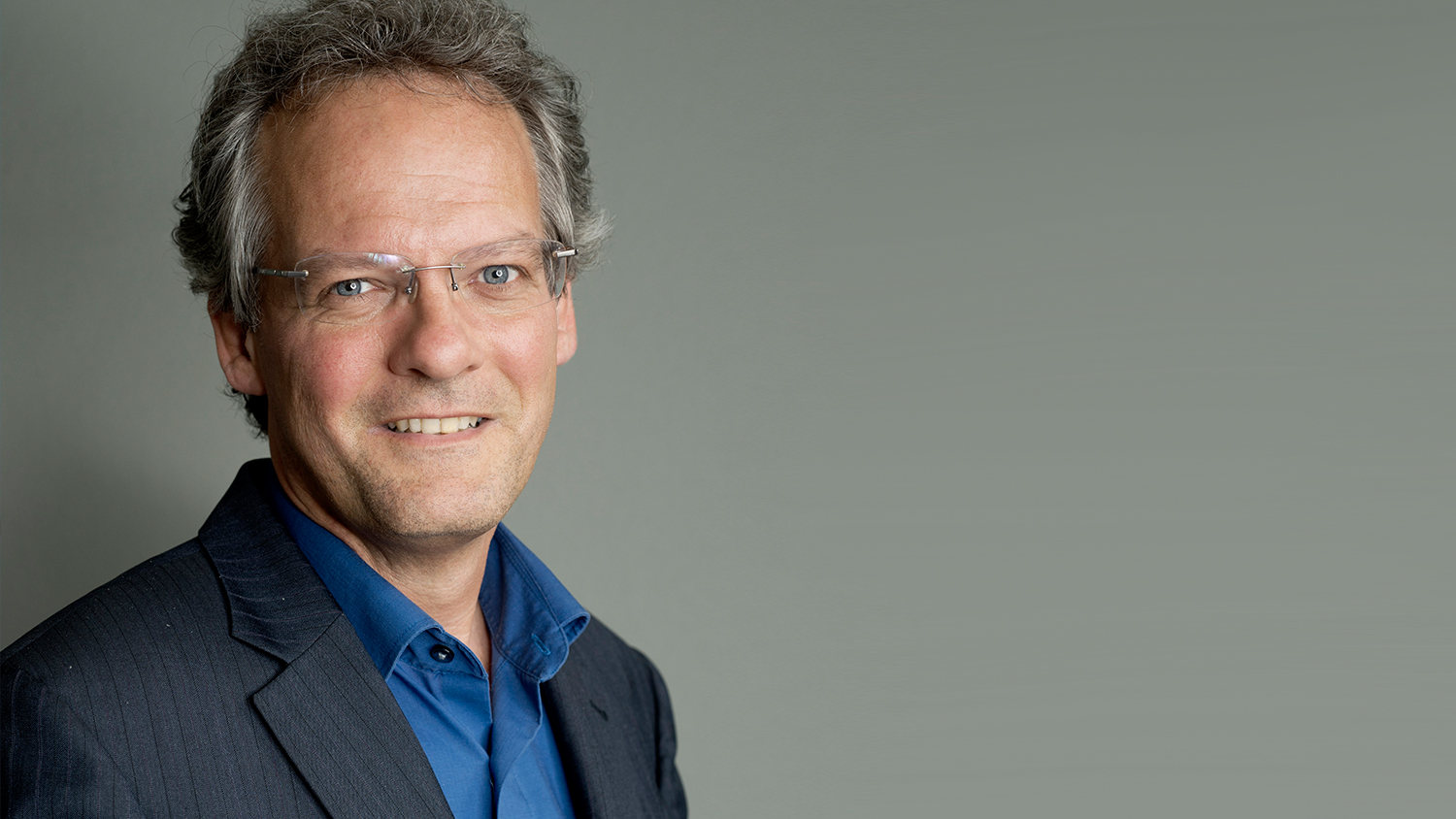
Eugène Loos. Photo: courtesy of the researcher.
Meanwhile, everybody is more or less playing by ear. The European Commission asked social media companies to report what they are doing to fight disinformation. The initiatives range from limiting the number of posts one can share to flagging messages with certain keywords. Whether it all works, no one knows yet. “Social media is developing so rapidly we can hardly keep up with the technical developments, let alone how we should react to them. It’s a cat and mouse game”, says Van Dijck. “Besides, there is also a large volume of bot engines and troll factories, for whom fake news means money. It’s like dealing with illegal weapons, it’s very hard to get a grip on that.”
The power of emotion
Until we discover sure-fire strategies against fake news, there is one thing academics can learn from fake news propagators: the importance of emotion when it comes to persuasion. An experiment conducted by Loos in a primary school in the Netherlands illustrates this well: first, the kids were shown an article about an endangered octopus that lived in trees. Then, they were asked whether it was necessary to take action, perhaps with a Greenpeace campaign. Only two out of 28 pupils said the story was fake.
“It’s about an animal and kids are usually fond of them. Therefore, content about animals tends to trigger an emotional reaction in them”, he explains. The same goes for us, adults: when a story tickles the exact spot that makes us angry, sad or scared, most of us don’t think twice before clicking on the share button.
While fake news disseminators manipulate people’s emotions to push an agenda or make money, academics tend to stick to facts and rationality when talking to journalists or posting their own content online, assuming that more data makes the argument more convincing. Unfortunately, that’s not how things usually go. People are much more likely to be convinced by emotion than by cognition, says Loos. “That may be a hard pill to swallow because that’s what academics are used to doing. We need facts, of course, but we should also take people’s emotions into account. Find a balance between the two.”
Nieske Vergunst serves at the Faculty of Science as a press officer and science communications consultant. Recently, she has also assumed a postdoc position to conduct research into the impact of public engagement activities on different audiences. She agrees with Loos that a little more emotion could go a long way. “It could be through simple storytelling. Or maybe scientists could say: ‘when I discovered this, I was surprised’. Or ‘I was disappointed’. After all, you’re not a research machine, you’re a human being.”
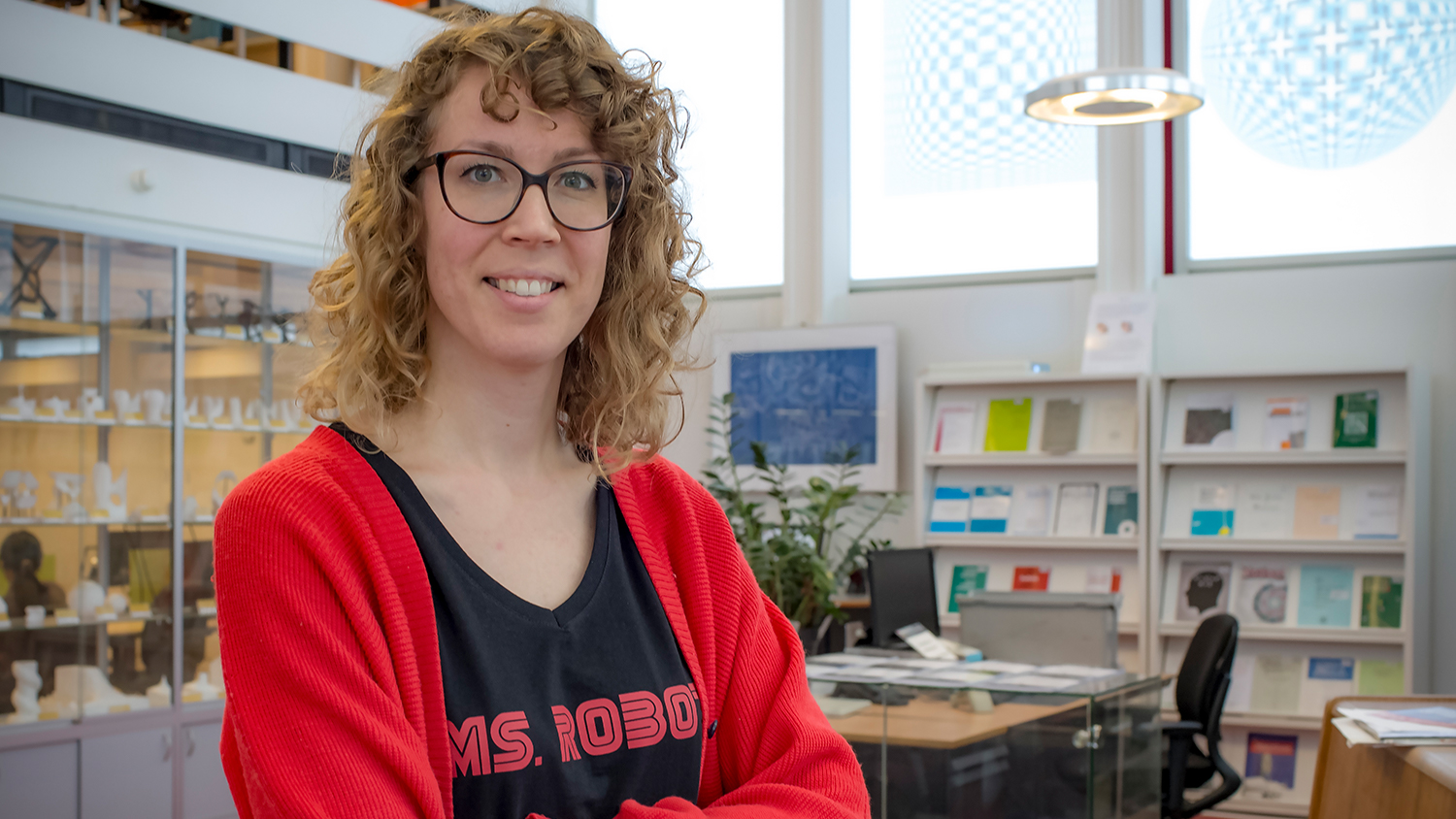 Nieske Vergunst. Photo: courtesy of the researcher.
Nieske Vergunst. Photo: courtesy of the researcher.
However, she stresses that leaving some room for emotion does not mean playing by the sensationalism book. “We must not overstate findings in an attempt to score”, says Vergunst. She acknowledges the need to simplify a study enough to make it readable for the general public, as well as the allure of making something sound “a little bit juicier”. Yet, she thinks that academics and science communicators must resist that urge and correct journalists when they do it. “In my press releases, I always like to write something like ‘in the future, this could potentially lead to more energy-efficient computers’. This way, we give people an idea of why the researcher is doing this work but we’re still honest: we’re not there yet”.
When it comes to tapping into people’s emotions, José van Dijck is cautious. “Once you give in to this logic, you are actually going along with the game that is being played with you.” In her view, what scientists need to do is use concrete examples – such as mentioning the consequences of climate change that are going to be visible in five years.
Uncertainty is a strength, not a weakness
The UU academics consulted by DUB were unanimous in stressing the need to explain, again and again, what the scientific method entails. The goal is not to create false expectations about how science works. “These days, people think they can find a solution to anything because they can do a Google search. This is causing society to become severely impatient. Good research takes time”, says Bruce Mutsvairo. Another implication of this, according to him, is people thinking that a scientist’s role is to provide definitive, unquestionable answers. Once the scientific consensus around a certain question changes in light of new evidence, these people lose faith in science. Think of those who say they don’t trust scientists because “one day eggs cause cholesterol and the next day they’re good for you”. Or those who disregard all WHO recommendations because they changed their discourse about face masks.
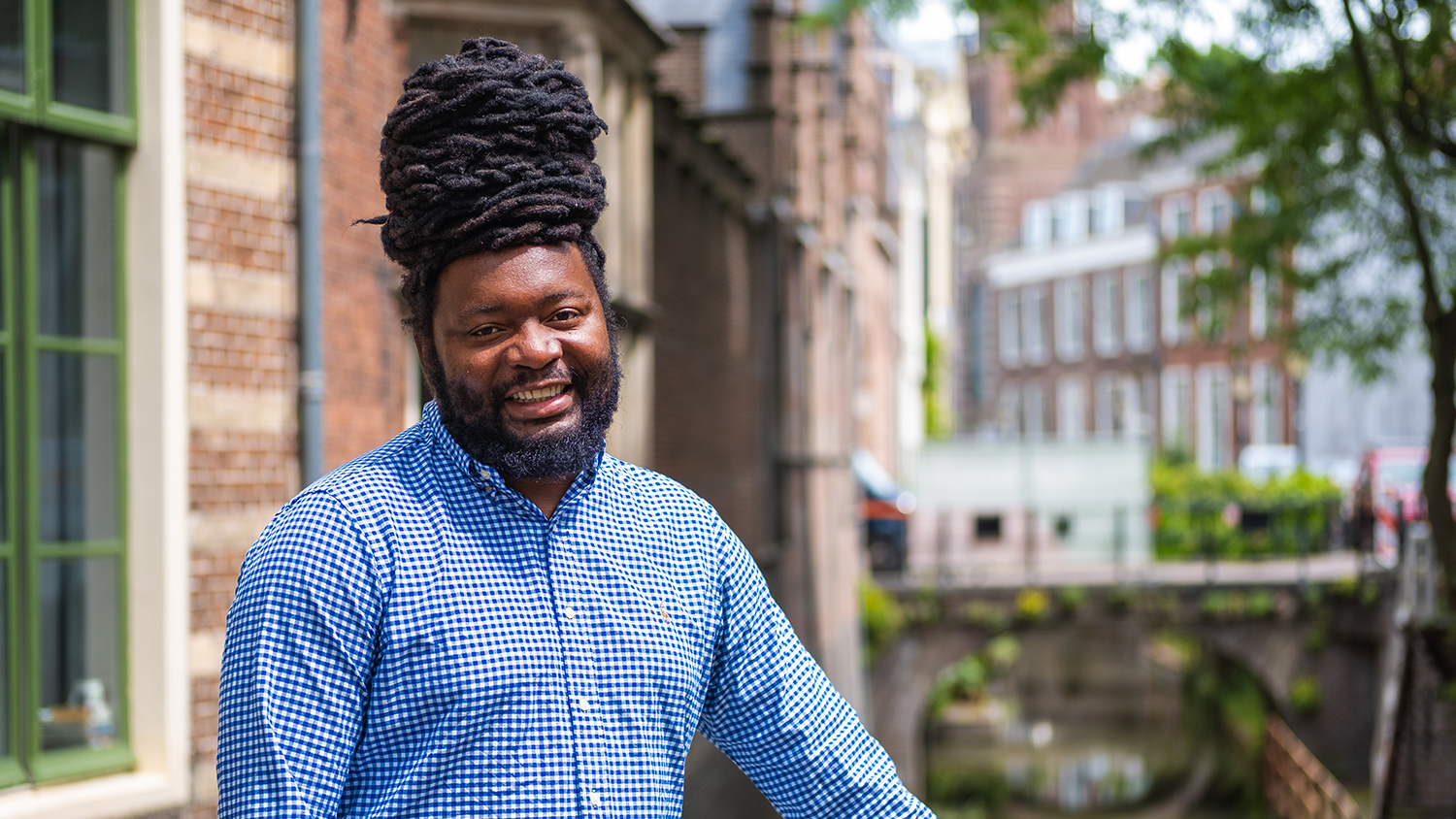 Bruce Mutsvairo. Photo: Kees Gort, courtesy of the EDI office
Bruce Mutsvairo. Photo: Kees Gort, courtesy of the EDI office
For her research, Vergunst is currently designing activities that carry messages about the scientific method, in the hopes of increasing the scientific literacy of various audiences. “Showing how the sausage is made might help”, she says. “Are those research results from an experiment in a petri dish, or in live humans? By making people more aware of the difference, I hope to make them better equipped to identify fake news.” Part of this communication is normalising the fact that scientific results are almost never 100 percent certain. “We, humans, are used to working with incomplete information all the time. For example, you can never be 100 percent sure that you won’t set your apartment on fire when you cook dinner, but that won’t stop most people from using the kitchen.”
Again, one must resist the urge to make a study sound more attractive by implying a level of certainty that does not correspond to reality. Donya Alinejad, Assistant Professor in Digital Media Studies, whose research studies the role of social media platforms in science communication, says: “Research has shown that scientists tend to communicate with very strong certainty when they’re worried about the public perception or the reaction they might get. But we also know from research that communicating uncertainty doesn’t necessarily produce distrust in the public. So it’s possible to communicate about uncertainty in a way that doesn’t undermine the image of science and helps people understand that this is a strength and not a weakness. It’s a strength of scientific knowledge that it’s open to new information and developments.”
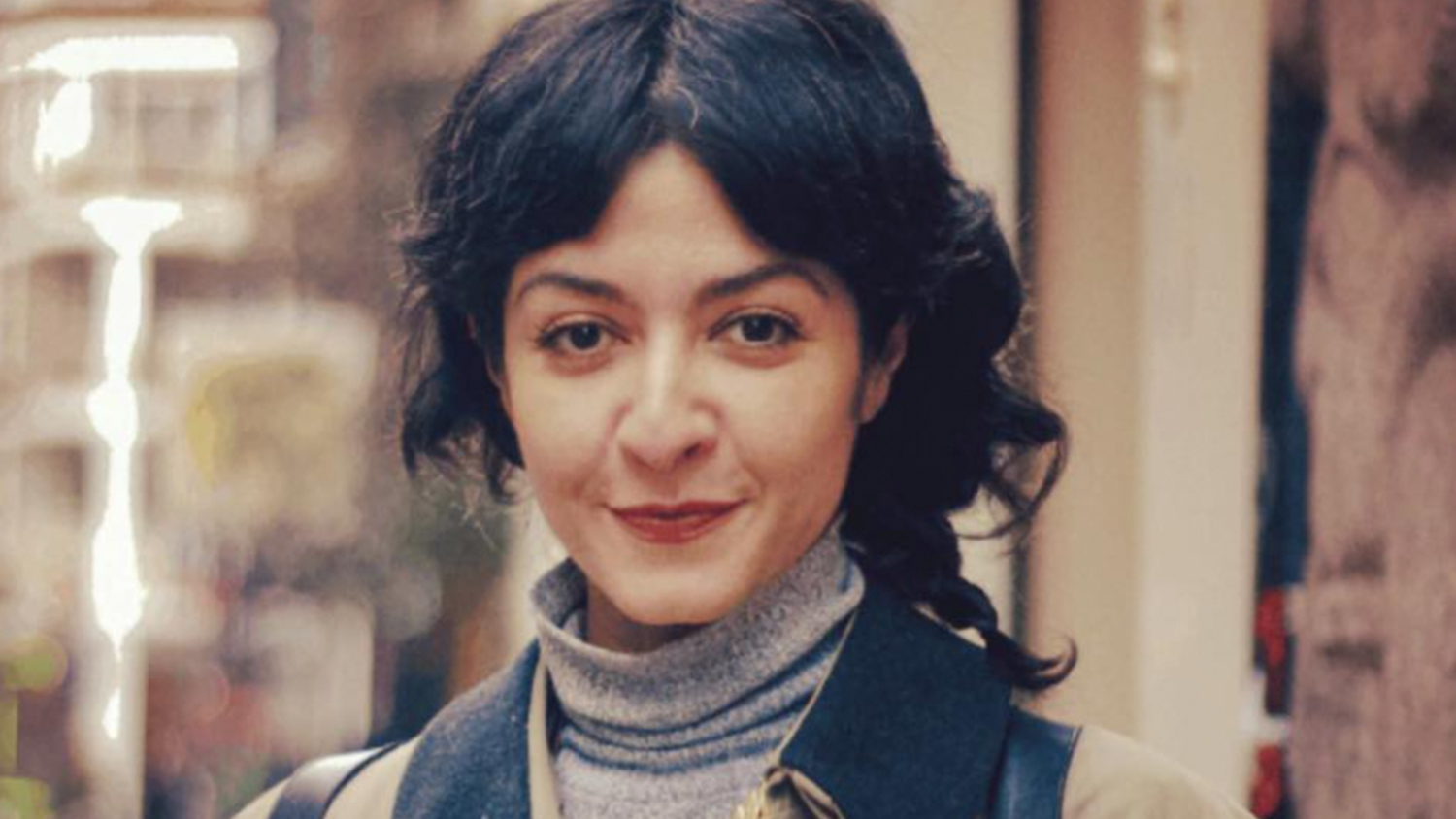 Donya Alinejad. Photo: courtesy of the researcher
Donya Alinejad. Photo: courtesy of the researcher
José van Dijck echoes the sentiment, emphasising that science is 90 percent common sense and 10 percent discovery. “A new coronavirus is still in that 10 percent stage and needs a lot of discussions to rise to the level of common sense. That 10 percent of disagreement is necessary to push science forward.” That’s why the Spinoza prize winner finds it extremely important that scientists are respectful toward each other when disagreeing in the public arena: people must understand that uncertainty is also part of the scientific debate. “I’m not talking about being respectful of people who don’t believe in common sense, like climate change deniers, of course. Those are mostly echoing bullshit science.”
To go or not to go, that is the question
But what if a talk show sits a reputable scholar at the same table as a climate change denier, as though their arguments were equal in value? Van Dijck thinks scientists should not accept interviews unless they feel they can trust the news outlet. “I cannot stress this enough. You should really be aware of the kind of media environment you’re stepping into and how they’re going to frame your message.”
Vergunst is more on the fence: “You could argue for boycotting these shows, but they are probably just going to keep calling people until somebody says yes. So, maybe it’s better to go, but keep in mind that it’s not going to be just about facts, but rather primarily about emotions. In an ideal world, there would be no shows like that, but sadly they attract big audiences.”
In an ideal world, journalists would also stop reporting about things they know nothing about, sighs Mutsvairo, who’s also worked as a journalist himself. Sometimes journalists misinterpret research and write in terms of causation when the study points to correlation, for example. “I know how things are. Sometimes there are only two people to cover all topics. But, when you’re writing about scientific research and issues as serious as climate change and public health, you really need to develop expertise – and that takes time. Otherwise, you run the risk of misinforming the public.”
Politicians against science
Fake news has also become a key weapon in many politicians’ arsenals. Donald Trump is the most famous example, but he is far from the only one spreading disinformation and actively encouraging followers to distrust academic institutions.
Donya Alinejad’s research, currently being peer-reviewed, looked at Twitter users interested in both climate change and Covid. “It turned out that there is a lot more right-wing politicisation of science. Instead of opposing a policy, they oppose the scientists conducting the studies that inform the policy, trying to undermine their credibility.”
“What’s interesting”, Alinejad goes on, “is that they are not openly rejecting science, but rather using the language and appearance of being scientific to make the claim that they represent dissident scientists. But then, when you look closely, you see that these are lobbyists and politically-motivated groups. There is no alternative truth claim. The goal is just to cast suspicion on the institutions authorising the science.” This only goes to confirm that people, at least in the United States and Europe, still have a high level of trust in science, because even science deniers appeal to the authority of scientific knowledge. “But it also means we have a lot to lose”, Alinejad concludes.
Although Mutsvairo finds these developments worrying, he says he is not too worried. “I don’t think these politicians honestly believe what they say. Some of them will say anything to protect their own interests. They’ve just seen that this has an audience. Thanks to social media, if you want to be famous, all you have to do is say something controversial. Our focus shouldn’t be on them. We should remain decisive and committed to what we do.”
José van Dijck emphasises that only a small minority is attacking scientists, “even though this seems like a major movement. It’s just that social media algorithms favour sensational content because it goes viral more often.” She is surprised, however, at the effect this minority is having on the public debate. In her view, politicians who oppose fake news disseminators must keep insisting on what is correct, patiently and persistently. “They need to explain that climate change is happening, it’s grounded in research etc. Even if they sound like a broken record.”
“For something to come across as common sense, you need to repeat it very often. Repetition works, no wonder science deniers employ that tactic”, continues Van Dijck. “Virality is one of the most dangerous aspects of social media. That is very hard to counteract, but repeating our message is one of the things we can do.”
Digital detox
Another thing academics can do is… Get off the Internet and engage with their communities in person. Mutsvairo and Vergunst are big proponents of the idea. “A digital detox would do us good. Technology is not the only way to reach out to people. A classroom is a platform too, and we can change so much when working together with the communities we live in. Conducting research is important, but explaining it in a way people can understand is even more important,” says Mutsvairo.
Vergunst believes in making science fun. For her research, she is currently thinking about activities her faculty can organise to engage with different target audiences. She is designing an activity that wouldn't be out of place at a festival. “I’m convinced that, for many fields, there are ways to make them engaging for a broader audience. But that’s something that takes a lot of time and work – it takes a lot of translation work. That’s why it’s great that UU’s new Recognition & Rewards system recognises scientists for their outreach work as well.”